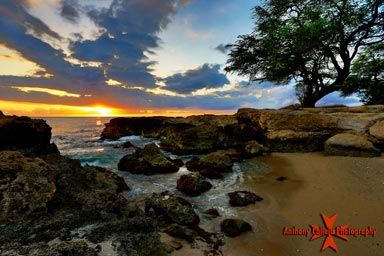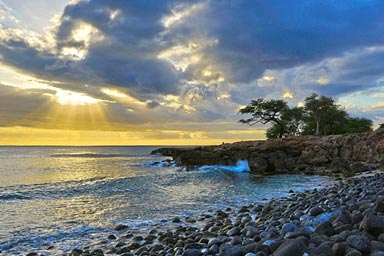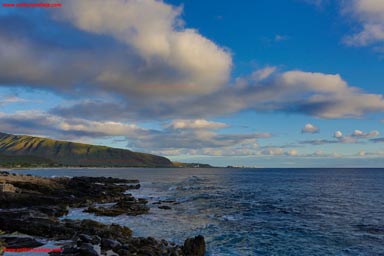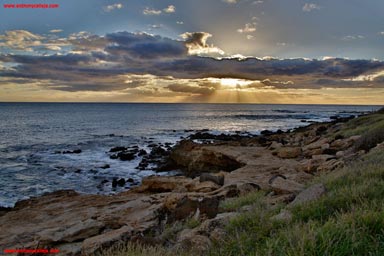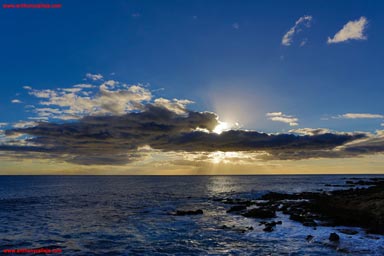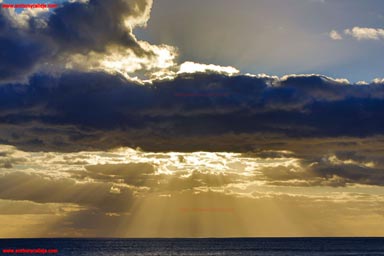
Diamond Head Honolulu Cityscape photographed from Magic island, Honolulu, Oahu, Hawaii
High Dynamic Range Imaging (HDRI or HDR) is a set of methods used in imaging and photography to allow a greater dynamic range between the lightest and darkest areas of an image than current standard digital imaging methods or photographic methods. HDR images can represent more accurately the range of intensity levels found in real scenes, from direct sunlight to faint starlight, and is often captured by way of a plurality of differently exposed pictures. All of the HDR photos in this series are unedited and were photographed using the Canon 5D Mark 4 camera, using the cameras built in software and setting. The Canon 5D Mark 4 camera does an amazing job in merging the 3 images into one flattened photo. The camera was hand held and a tripod was not used to sturdy the camera during this test experiment.
HDR Photography



High-dynamic-range imaging (HDRI or HDR) is a technique used in imaging and photography to reproduce a greater dynamic range of luminosity than is possible with standard digital imaging or photographic techniques. The aim is to present the human eyewith a similar range of luminance as that which, through the visual system, is familiar in everyday life. The human eye, throughadaptation of the iris and other methods, adjusts constantly to the broad dynamic changes ubiquitous in our environment. The brain continuously interprets this information so that a viewer can see in a wide range of light conditions.HDR images can represent a greater range of luminance levels than can be achieved using more 'traditional' methods, such as many real-world scenes containing very bright, direct sunlight to extreme shade, or very faint nebulae. This is often achieved by capturing and then combining several different narrower range exposures of the same subject matter. Non-HDR cameras take photographs with a limited exposure range, resulting in the loss of detail in highlights or shadows. The two primary types of HDR images are computer renderings and images resulting from merging multiple low-dynamic-range (LDR) or standard-dynamic-range (SDR) photographs. HDR images can also be acquired using special image sensors, like a noversampled binary image sensor. Due to the limitations of printing and display contrast, acquiring an HDR image is only half the story; one must also develop methods of displaying the results. The method of rendering an HDR image to a standard monitor or printing device is called tone mapping. This method reduces the overall contrast of an HDR image to facilitate display on devices or printouts with lower dynamic range, and can be applied to produce images with preserved or exaggerated local contrast for artistic effect. HDR lenses are currently being developed by Ricoh-Imaging. Current applications include prototype lenses being trialled on the international space station. Further developments include consumer lenses for use in low light conditions such as night driving. These HDR lenses combine a laminate of borosilicate carbide and polarizing films to actively refine the intensity of various wavelengths of light, which results in a higher dynamic range image seen by the eye




